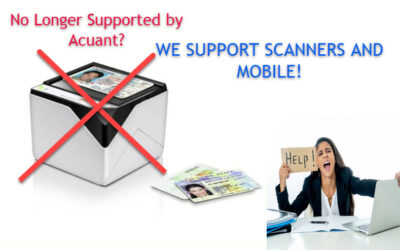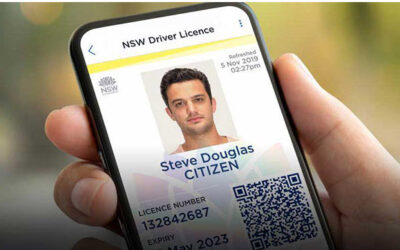Modern veterinary practices are very busy, sometimes seeing many more animal patients each day than physicians see standard physicians. Veterinarians also are caring for more than one species, from dogs and cats to birds and hamsters.
Their range of knowledge, research, and medical diagnoses is vast. As such, keeping track of it all – and getting the pet owners accurately billed – can be a challenge. With sometimes limited staff, vets often see their team members very busy. Thus, they seem to have trouble getting all the work done on time.
The answer to these types of problems comes through an evolution of today’s imaging and scanning technologies, allowing for the creation of digital workplaces. By using Optical Character Recognition (OCR) software and imaging devices, practice workflow can be streamlined and simplified.
Most people use computers, and are familiar with electronic documents and their storage. We know that they take less space and effort than keeping paper files. This is especially true for businesses like a veterinary practice. Even if a veterinary office is using computers to track patients and do scheduling, it probably still uses paper forms for admitting each pet.
These documents are transcribed into the computer and are also stored in file cabinets. All of this takes time to do and can cause errors when copying information. These errors can cause many problems, not the least of which is accurately billing the pet owner for services. Here is how using OCR software and data capture can save time and money for your veterinary practice – and improve your invoicing.
Converting to a Paperless Office
At the vet, pet owners fill out forms to give their address, information on the pet, illnesses, and medications. Owners also need to bring up-to-date shot records or copies of the pet’s regular files to the vet clinic or hospital.
If the files were copied, sometimes this creates transcription errors. Much of this data can now be taken and stored electronically, but there is still a great use of paper forms. The ability to convert these forms to a digital format and store the data saves hours of staff time in transcribing, copying, and filing.
Using Optical Character Recognition (OCR) software and imaging tools, forms can be scanned and read by the computer. Once digitized, the information from the paperwork can go into databases and be linked to pet records, lab tests, shot records. This is all the history pet owners and veterinary staff have to write down every time. These electronic documents are easily stored and accessed via computer on the Cloud or integrated veterinary databases.
Remote Management of Offices and Treatment
OCR software also makes it possible to scan, read, and access documents from remote locations and integrate them with existing information on pets. So, if owners are traveling with their pet, they can access their pet’s medical records should it be necessary. Ongoing access ensures the highest level of care and treatment.
Virtual OCR and imaging makes it possible to consult on the care of the pet, wherever the location, and help ensure the correct treatment is rendered. Also, if a veterinarian has several offices, it is possible to consult and examine records for a patient while at another location. This increases the accessibility, flexibility, and effectiveness of each veterinarian in the practice. It also allows vets to access records at home if they want to complete their notes or consult with nighttime staff.
Organization Benefits
By converting to electronic forms and storage, the veterinary practice can eliminate lost charts and lab reports. All the team members know how vexing it is to have an animal’s chart disappear. When the forms are stored electronically, they can be located instantly. Also, multiple people in different locations can work on the same documents simultaneously. So, while the veterinarian is writing notes in the charts, the staff can be checking the client or handling billing.
Clarity
Various handwriting can make it a challenge to read manual charts There is no problem reading typewritten records. This results in better internal communication, better results for the pet owners and the pets, and a diminished workload. It also makes clients much happier as there is less hassle.
Efficiency
Admitting animals into a practice with forms, medical history, and other data is very time-consuming. By having historical information that can be retrieved from the computer, this process is much more efficient. This way, there is no need to hunt down filing charts or sort old documents that need to be thrown away. Also, it cuts down on the paperwork involved in tracking the patient through the system.
By going to an electronic office and converting all the old records with OCR, veterinarians can save a lot of time and create a streamlined operation which of course lowers expenses and time spent on unwanted administration tasks.
Using Office Templates
By switching to a paperless office and using OCR software and imaging equipment, veterinary offices gain the ability to create pet care templates. Although OCR technology today does not need to rely on templates, using a template driven OCR system is cheaper than one that uses definitions which can dynamically find information on documents. Many veterinary practice management systems have built-in templates. By modifying these for your use in your practice, you can radically increase your efficiency.
For example, you can create a discharge form that allows you to fill in the blanks and check-boxes. You can do the same with exams, surgery logs, anesthesia records, and care plans. Using these tools, with OCR software and imaging equipment, can help you save money and time.
Thank you for reading our blog! How can we help you? Contact us today.




